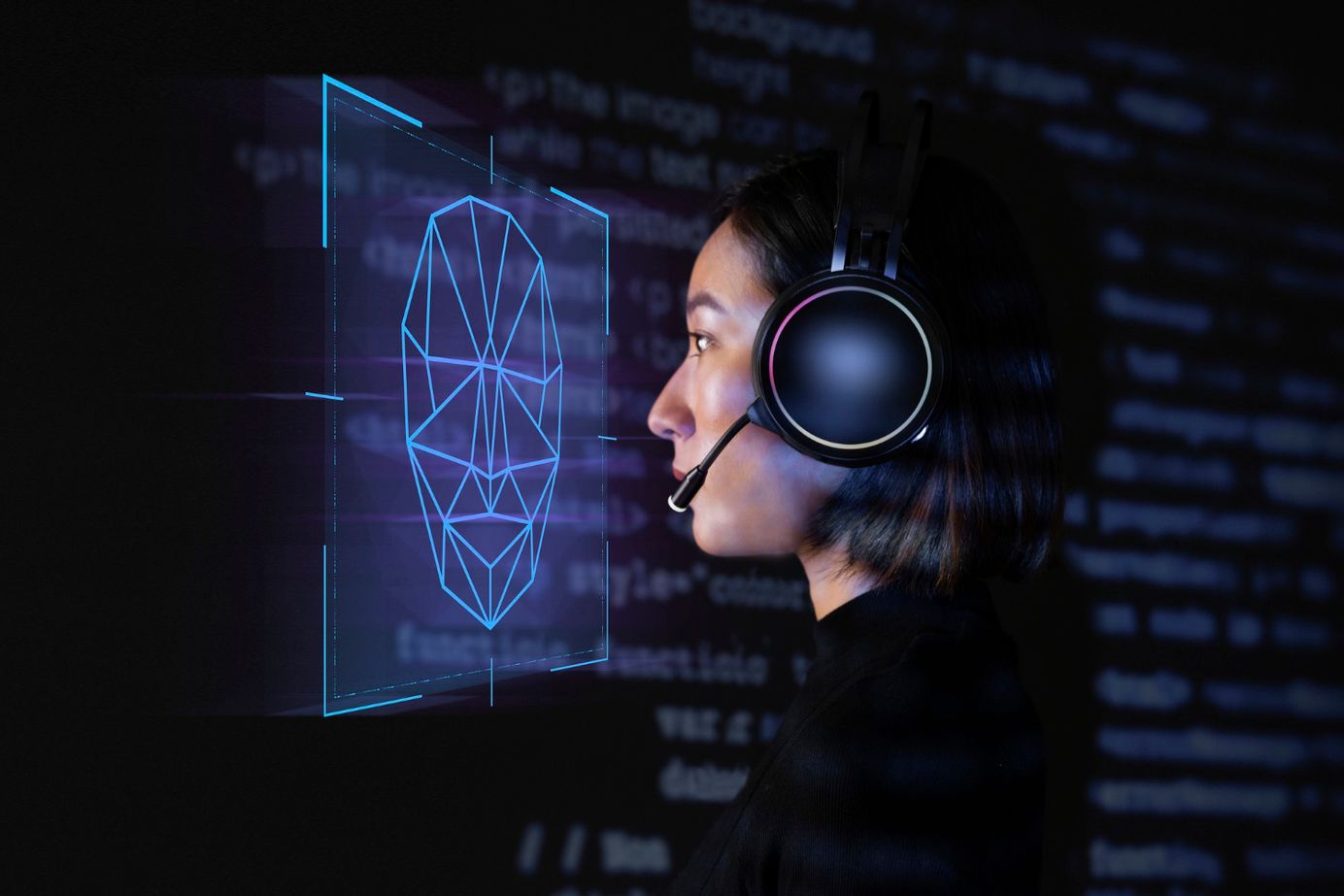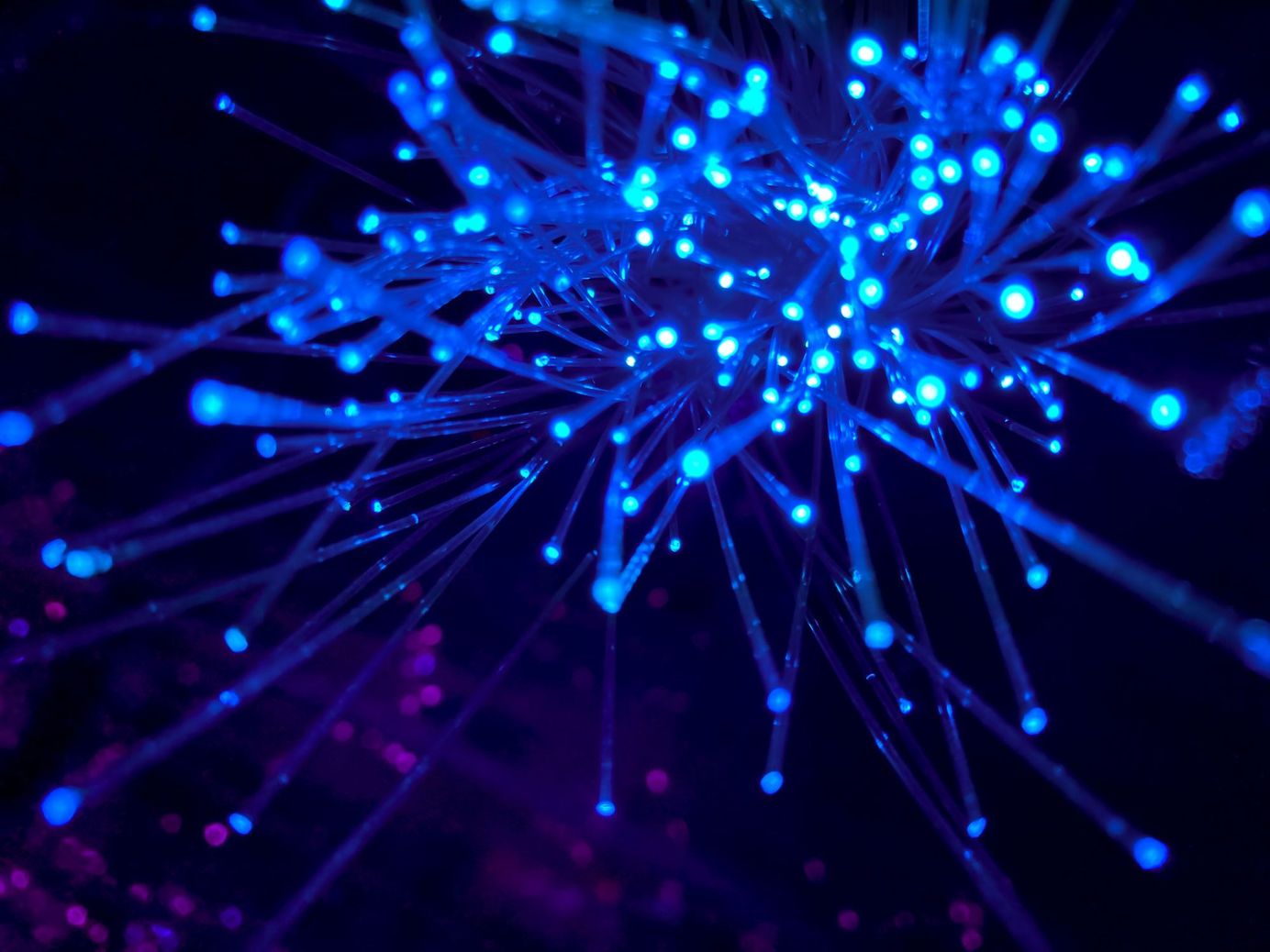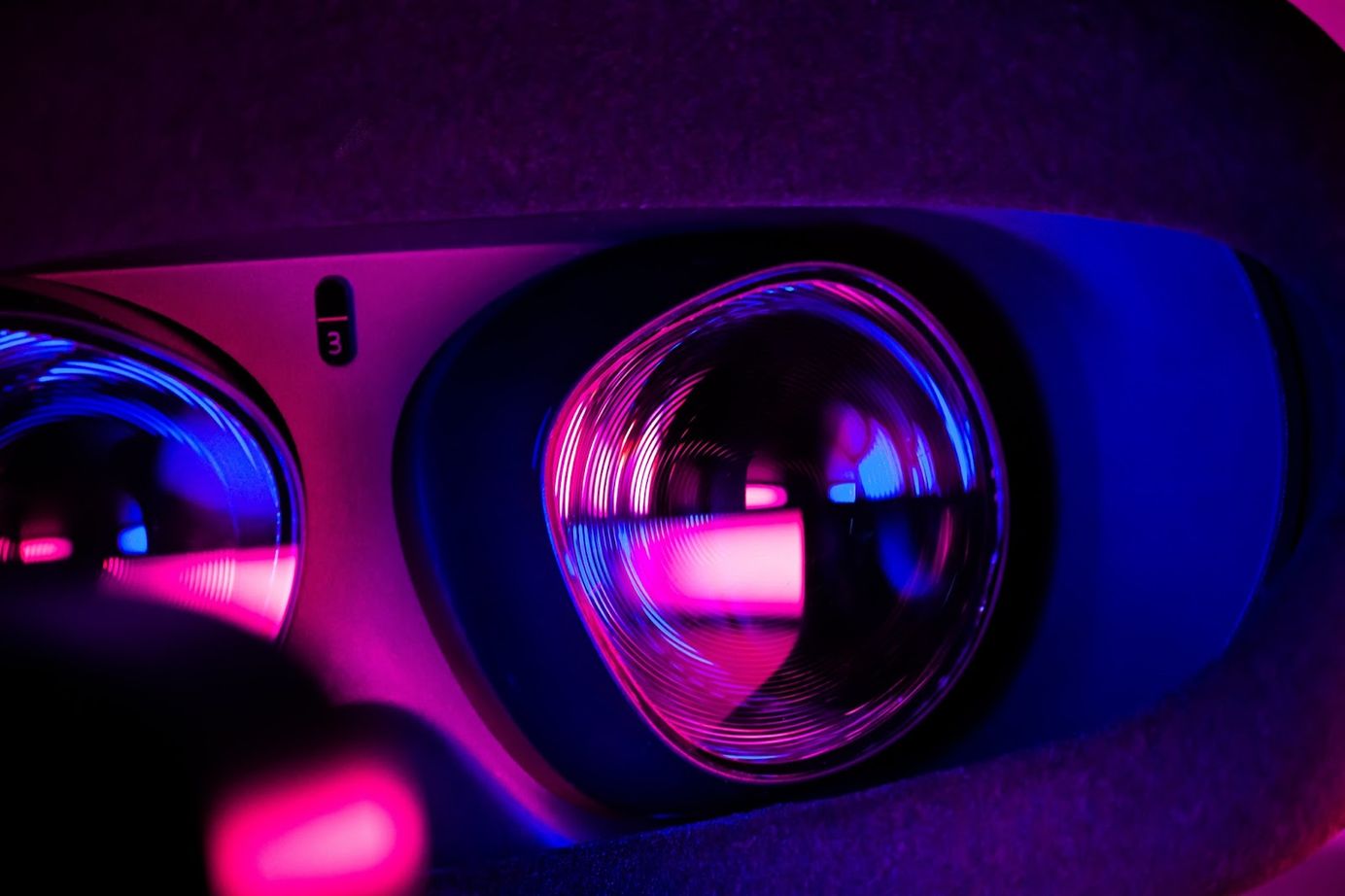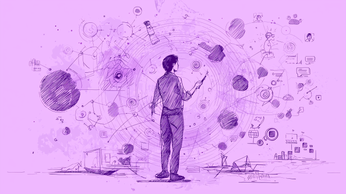Neural Networks

Comparing Learning Mechanisms: Neural Networks vs. Human Children Paid Members Public
Can machines really learn as humans do? Large language models come close - soaking up data and recognizing patterns. But children have an edge - curiosity, emotion, social intelligence. As AI advances, understanding these cognitive parallels is key to the future.

Future of Neural Network Technology Paid Members Public
Deep neural networks, or more broadly, learning models with deep embeddings, enable a wide range of applications on various levels: from biomedical data to language modeling.

Accelerating The Journey Into The Brain Paid Members Public
They send and detect signals a million times smaller than those controlling your smartphone. AI software filters millions of seemingly random strains of neural chatter to discern chords of neural activity.

A Linear Brain in a Non-linear World: How to Reverse your Thinking with Neuroscience to Challenge, Experiment, and Explore Paid Members Public
I will try to answer this question by exploring major differences between linear and non-linear thinking and why humans are tuned to think linearly from a cognitive and probably neurophysiological perspective.








